What if: ‘Never Built New York’ explores unrealised architectural visions
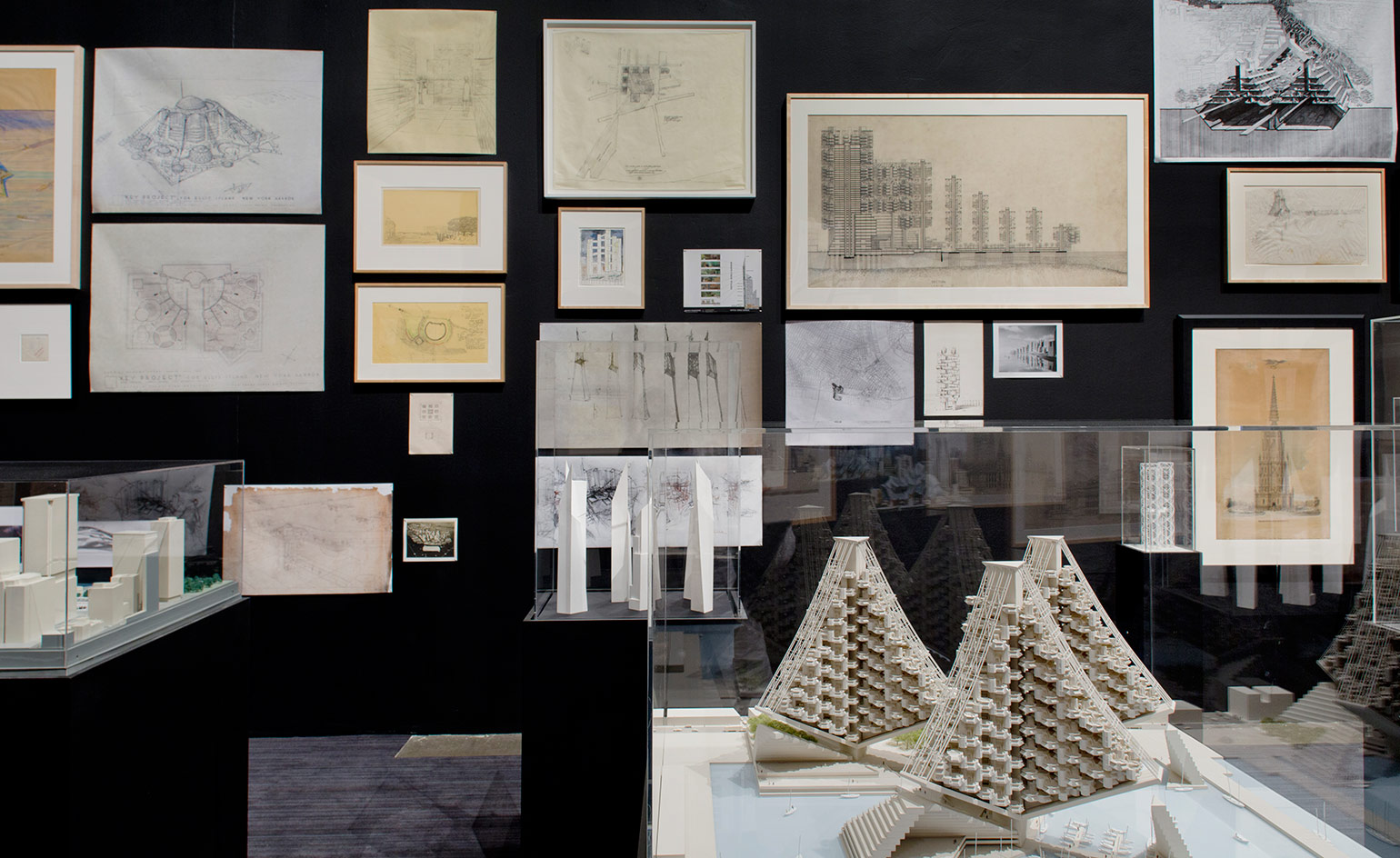
If you've ever wondered what an alternate version of the Big Apple might look like, then ‘Never Built New York’ is the show to visit. Curated by Sam Lubell and Greg Goldin, and inspired by the namesake book the pair launched a year ago, the exhibition examines 150 years worth of innovative, crazy and imaginative projects that have been expertly designed – but never built – for New York. Including works by a range of established architects, such as Frank Lloyd Wright and Diller Scofidio + Renfro, the show, which has been designed by Christian Wassmann, inspires and informs.
We caught up with co-curator Sam Lubell to find out more...
W*: What drew you and your co-author to the theme of the book and show?
SL: Back in 2010, the Architecture and Design Museum Los Angeles asked Greg Goldin and I to curate an exhibition about unbuilt work in Los Angeles. We were immediately seduced by the wonderful artistry and imagination of the plans, and by how radically they could have changed the city. Many came exceptionally close to happening, shedding light on an alternative architectural history, and on the urban processes that hold up both effective, visionary plans and potentially damaging ones. We were also excited by how the schemes help crystallize the trends of their times, shed light on previously forgotten talents, and in many cases, have impacts despite the fact that they never happen. Never Built Los Angeles became a book and show in 2013, and following their success we immediately got to work on Never Built New York.
W*: How did you go about researching for these projects?
SL: In New York we drew on many of the same research techniques we had honed in Los Angeles. First we targeted the most important architects in the city’s history, then went about discovering their unbuilt schemes by diving into archives around the city, and the country. We looked at original plans and drawings, and read through correspondence and documentation. We also reached out to existing firms, searched through books and periodicals and talked to many of the city’s top urban historians.
W*: Were these projects designed to be built, but just didn't materialise for planning or other reasons, or are they entirely speculative projects, follies and imaginative interpretations of could have been in New York?
SL: There are some notable exceptions, but the majority of these projects were intended to be built. The reasons they didn’t happen generally remain constant throughout the ages, including money, politics, nervous neighbours, battles with clients, and, from time to time, scandal and even fraud. Projects that almost happened have an immediate power, because each one has its own story of creativity and struggle, and each shows us how close the city has come to being something very different. Of course the more speculative projects can be fascinating as well, showcasing fantastic architectural ideas and imagination, and freeing us from the messy, often boring constraints of reality.
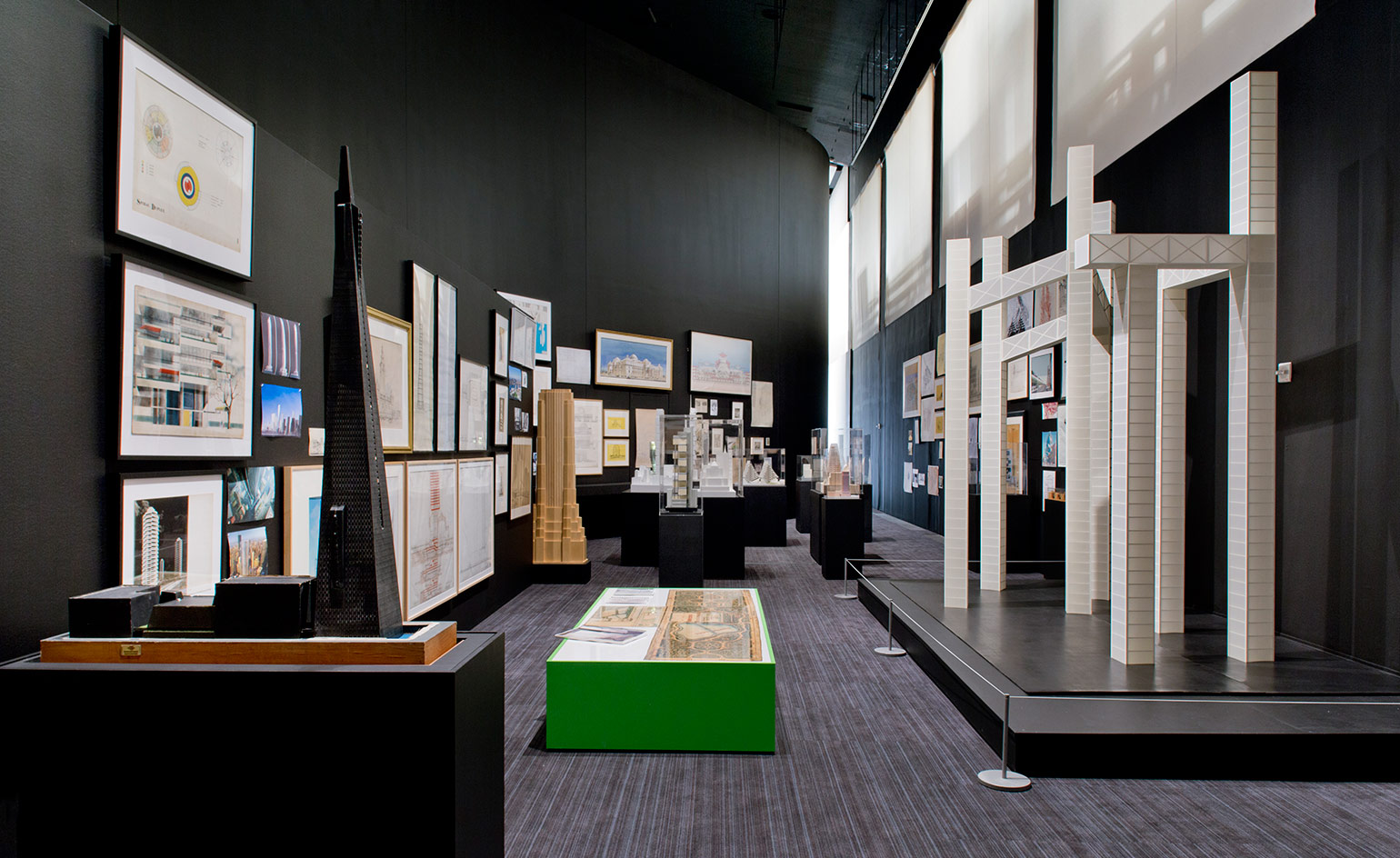
The show looks at 150 years worth of bold designs for New York that never made it past the drawing board. Courtesy of Queens Museum
W*: How easy is it to translate a book theme into three dimensional space, for an exhibition?
SL: It’s not easy, and we were lucky to have a great designer, Christian Wassmann. To us it was vital for an architectural show to evoke sensations of space, and reflect the conditions of the city; and in the main gallery, the Rubin, Christian expertly recreated the urban density and geography of New York in his packed, layered, salon-style layout. The other two galleries provided settings to showcase the projects in very different ways. By inserting more than 45 glowing models (built by students at Columbia GSAPP) into the Panorama of the City of New York (one of the largest architectural scale models in the world), we were able to give people an idea of how these projects would have looked and felt in the city itself. In the central Skylight Gallery, which has a huge window onto Flushing Meadows Corona Park, we inserted only projects planned for the park (including plans for the World’s Fair, the United Nations, and many stadiums), including an inflatable, bouncy house recreation of Eliot Noyes Westinghouse Pavilion for the World’s Fair.
W*: What do you hope the visitor can take away from the show?
SL: We want people to, like us, be seduced, awed, and sometimes repulsed by these plans, and to think about why that’s the case. So many people take the architectural and urban processes around them for granted, and we hope the show will give them an increased awareness. We also hope people will begin to reflect on what currents are keeping the best, most visionary things from happening now, and are, on the flip side, allowing the most banal, ineffective ones to happen as well. Cities can change, sometimes quickly, and we all have a stake in how that happens.
W*: Do you have a favourite among these unrealised projects?
SL: It’s really tough to choose a favorite, but I particularly like the National American Indian Memorial (1909), at the tip of Staten Island, which I believe would have permanently changed our country’s perception of its history. Financed by Rodman Wanamaker, and designed by Thomas Hastings (architect of the New York Public Library) and famed sculptor Daniel Chester French, the statue of a native chief would have roughly equaled the size of the Statue of Liberty, and it would have been the first site visitors took in when reaching New York Harbor by ship. Wanamaker and the country at large became distracted by World War I, and the plan never happened. Native Americans were not granted citizenship until about ten years later, in 1924.
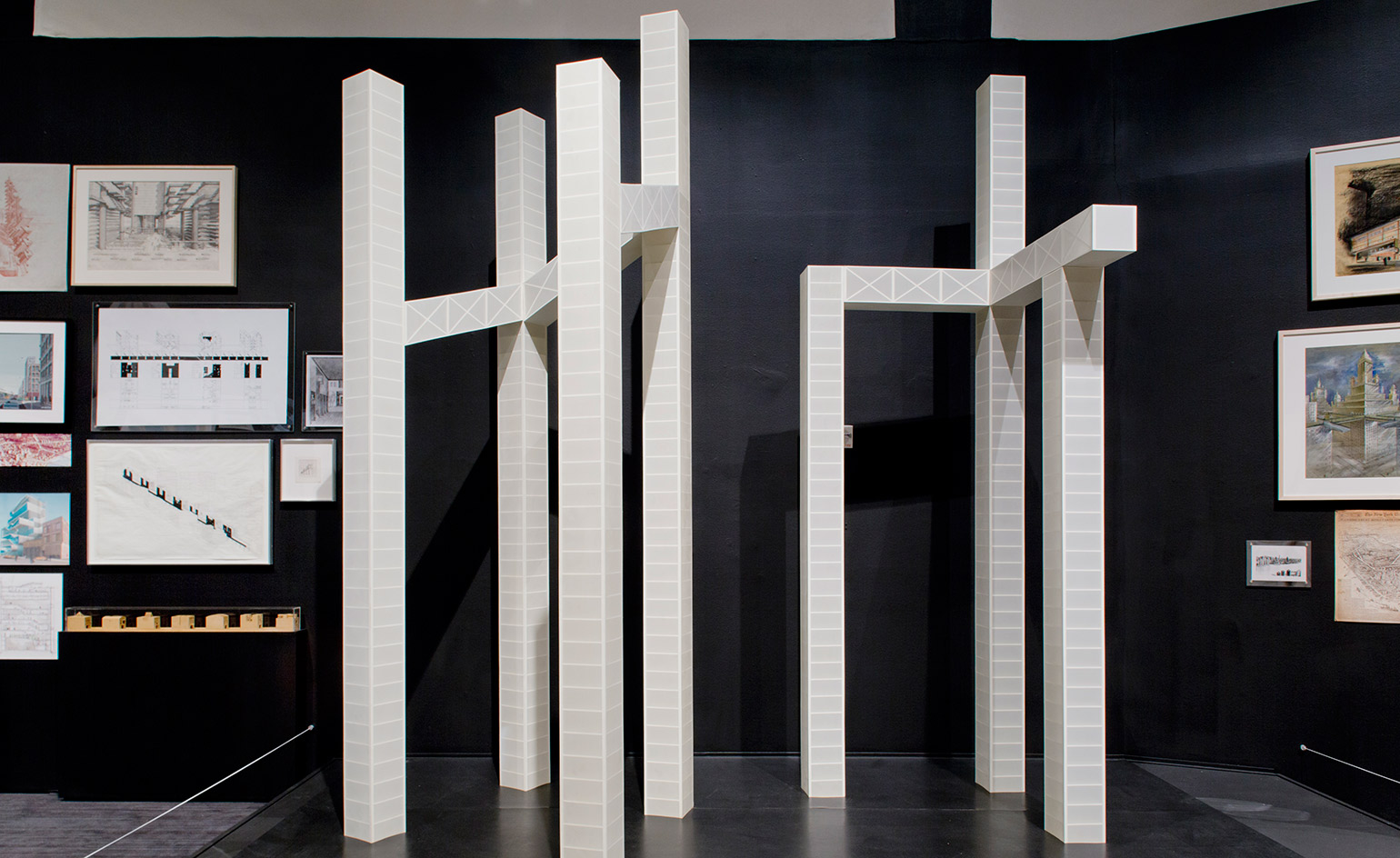
Participating architects include names such as Frank Lloyd Wright, I.M. Pei, Steven Holl, Daniel Libeskind, and Diller Scofidio + Renfro courtesy Queens Museum
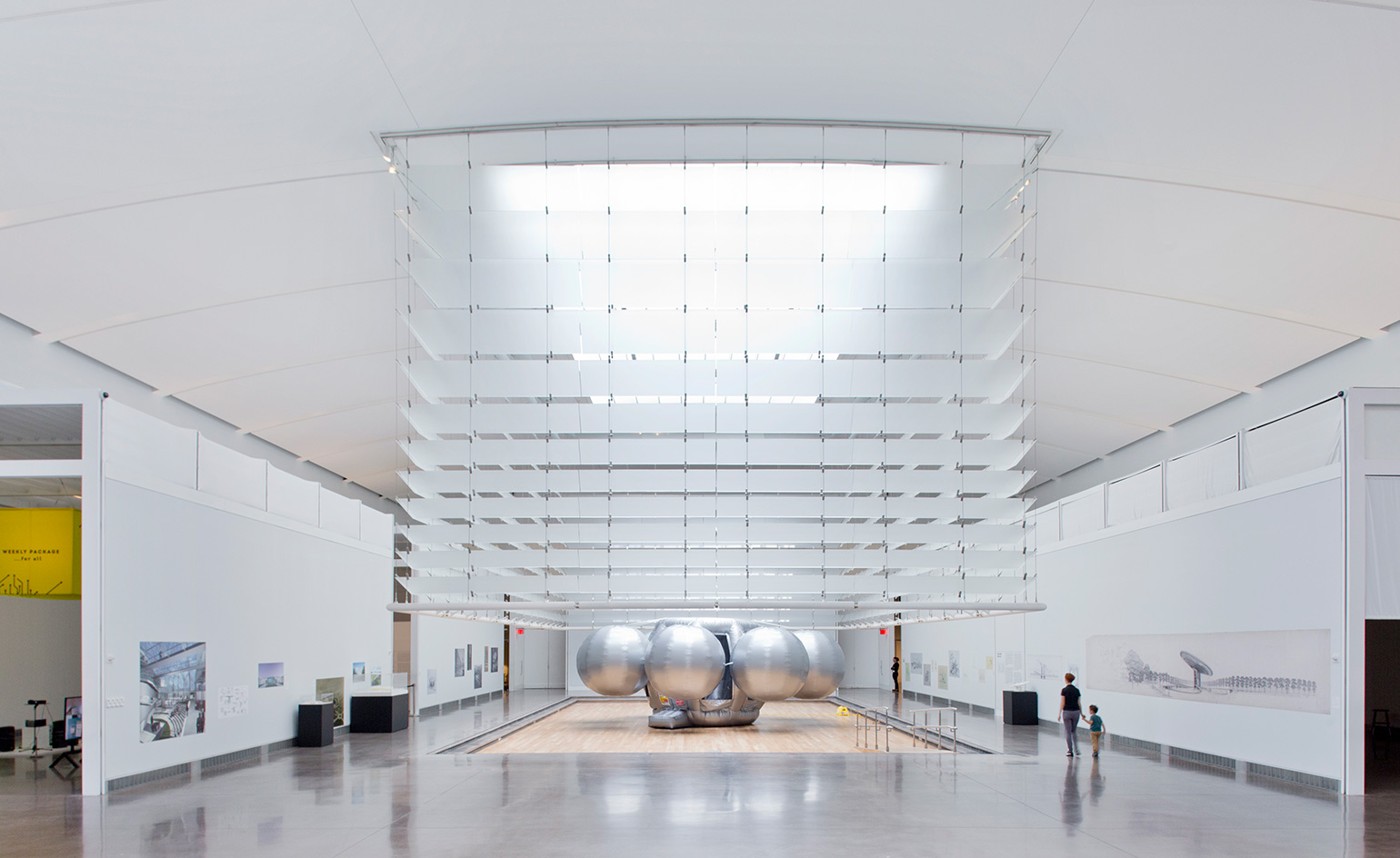
Looking at innovative ideas and the challenges around them, the exhibition takes visitors on a journey through time and space.courtesy Queens Museum
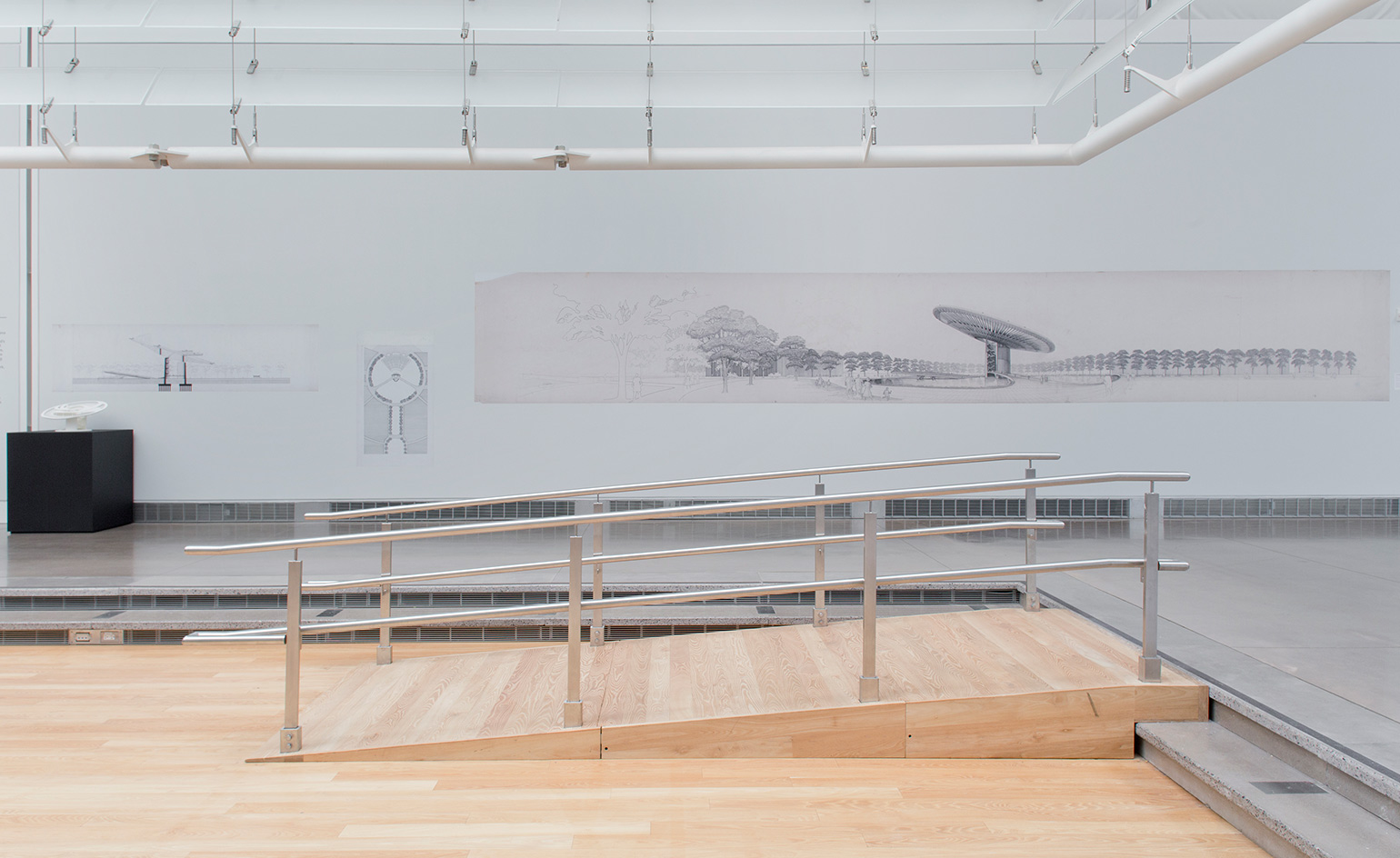
Wassmann arranged the exhibits in three distinct parts, spanning models, drawings and larger scale experiences for the visitors.
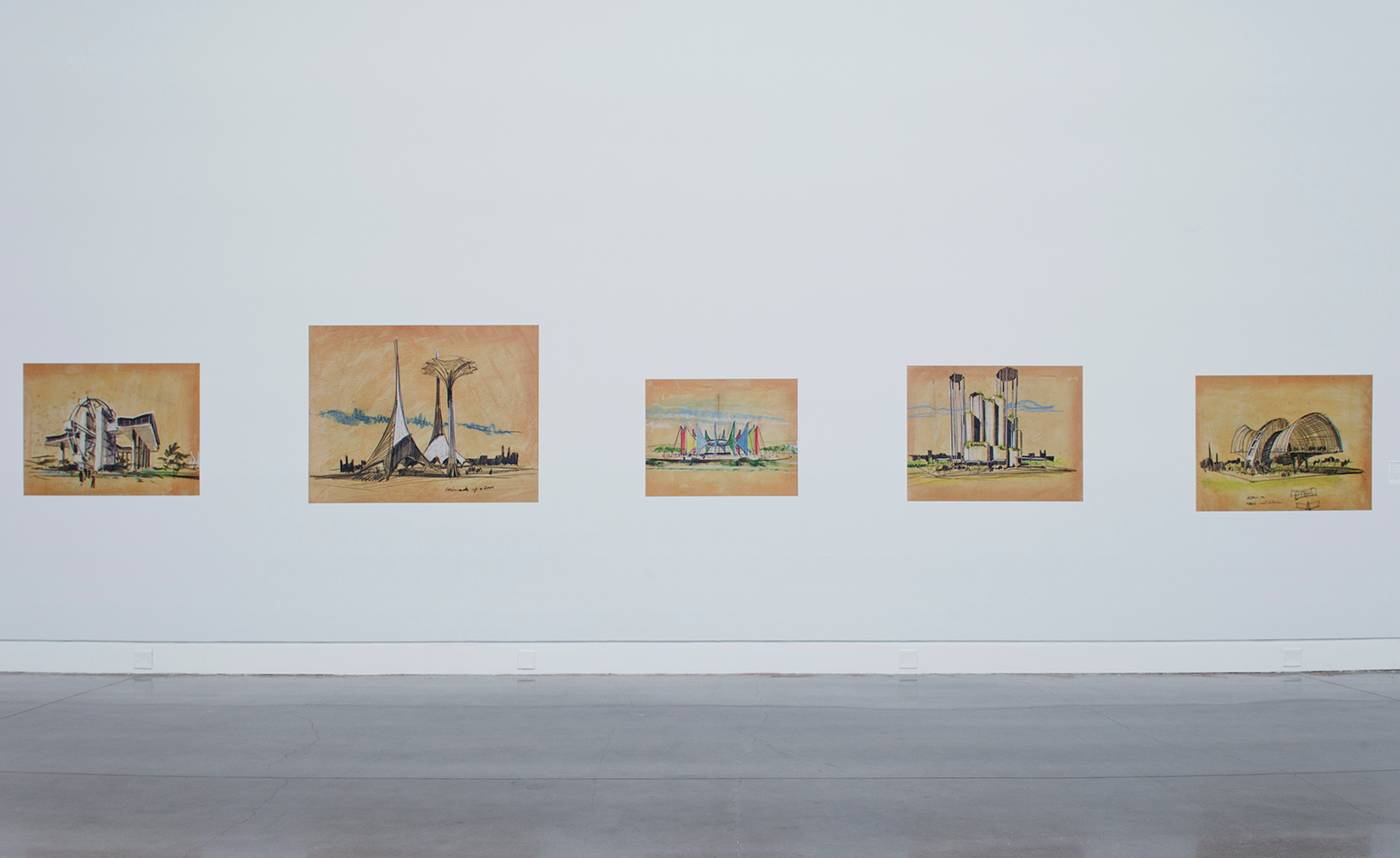
The exhibition aims to stimulate dialogue about New York City's architectural visions and challenges.
INFORMATION
’Never Built New York’ is on view until the 18 February 2018. For more information visit the Queens Museum website
ADDRESS
Queens Museum
New York City Building
Flushing Meadows Corona Park
Queens, NY 11368
USA
Receive our daily digest of inspiration, escapism and design stories from around the world direct to your inbox.
Ellie Stathaki is the Architecture & Environment Director at Wallpaper*. She trained as an architect at the Aristotle University of Thessaloniki in Greece and studied architectural history at the Bartlett in London. Now an established journalist, she has been a member of the Wallpaper* team since 2006, visiting buildings across the globe and interviewing leading architects such as Tadao Ando and Rem Koolhaas. Ellie has also taken part in judging panels, moderated events, curated shows and contributed in books, such as The Contemporary House (Thames & Hudson, 2018), Glenn Sestig Architecture Diary (2020) and House London (2022).
-
 Art and culture editor Hannah Silver's top ten interviews of 2025
Art and culture editor Hannah Silver's top ten interviews of 2025Glitching, coding and painting: 2025 has been a bumper year for art and culture. Here, Art and culture editor Hannah Silver selects her favourite moments
-
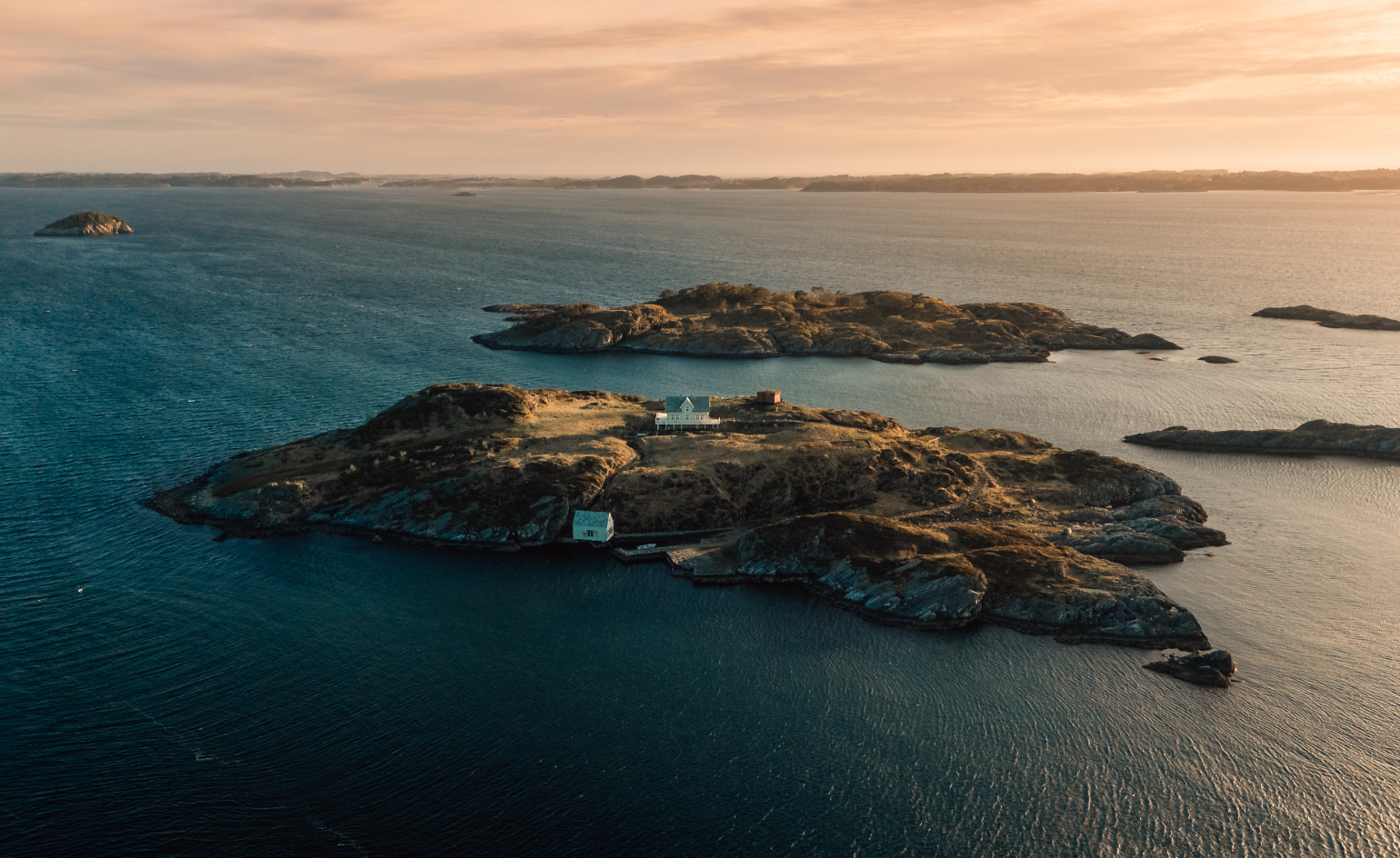 In Norway, remoteness becomes the new luxury
In Norway, remoteness becomes the new luxuryAcross islands and fjords, a new wave of design-led hideaways is elevating remoteness into a refined, elemental form of luxury
-
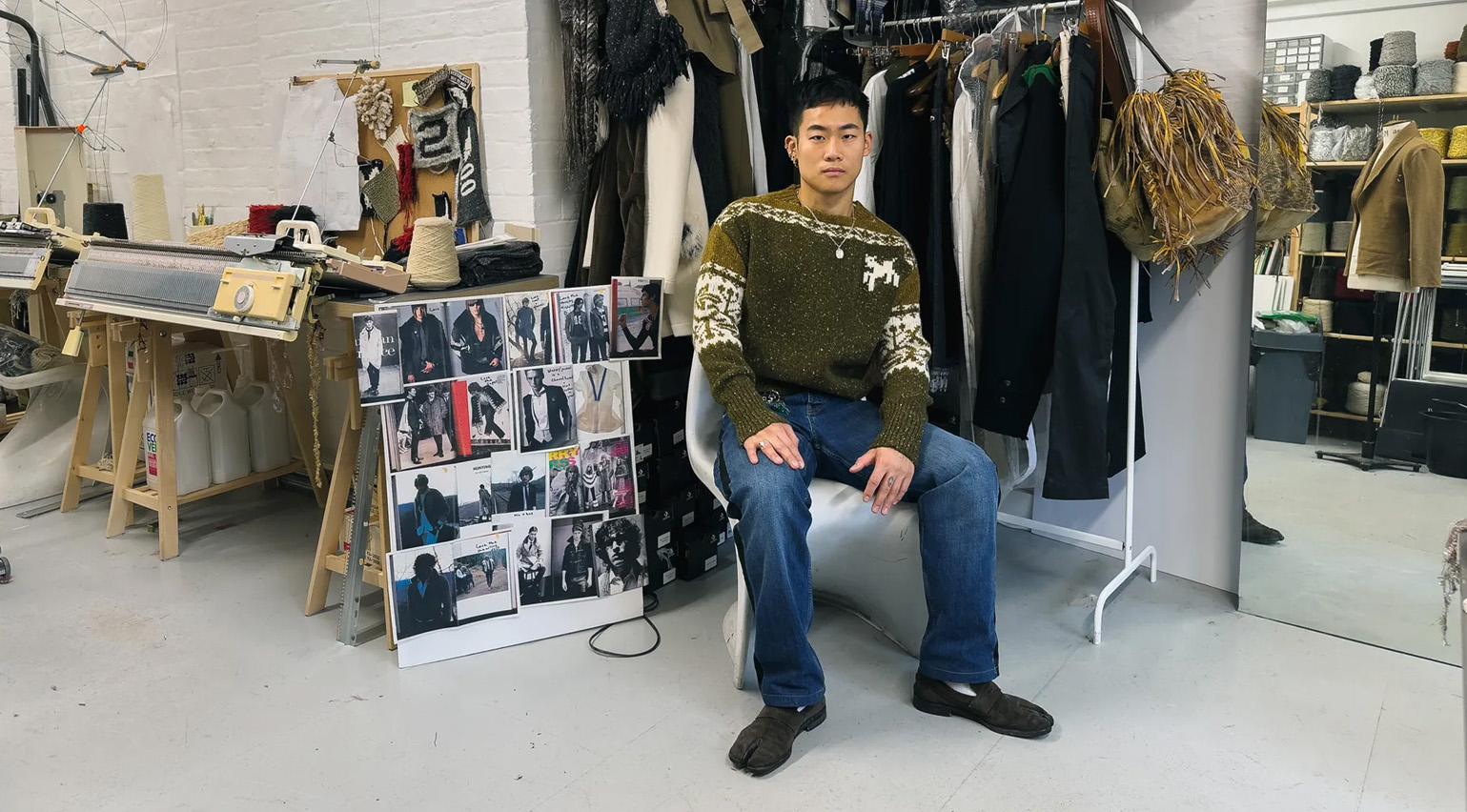 The rising style stars of 2026: Oscar Ouyang is taking knitwear into new realms
The rising style stars of 2026: Oscar Ouyang is taking knitwear into new realmsAs part of the January 2026 Next Generation issue of Wallpaper*, we meet fashion’s next generation. Born in Beijing, Central Saint Martins graduate Oscar Ouyang is inspired by anime, medieval folklore and his friends’ wardrobes
-
 Step inside this resilient, river-facing cabin for a life with ‘less stuff’
Step inside this resilient, river-facing cabin for a life with ‘less stuff’A tough little cabin designed by architects Wittman Estes, with a big view of the Pacific Northwest's Wenatchee River, is the perfect cosy retreat
-
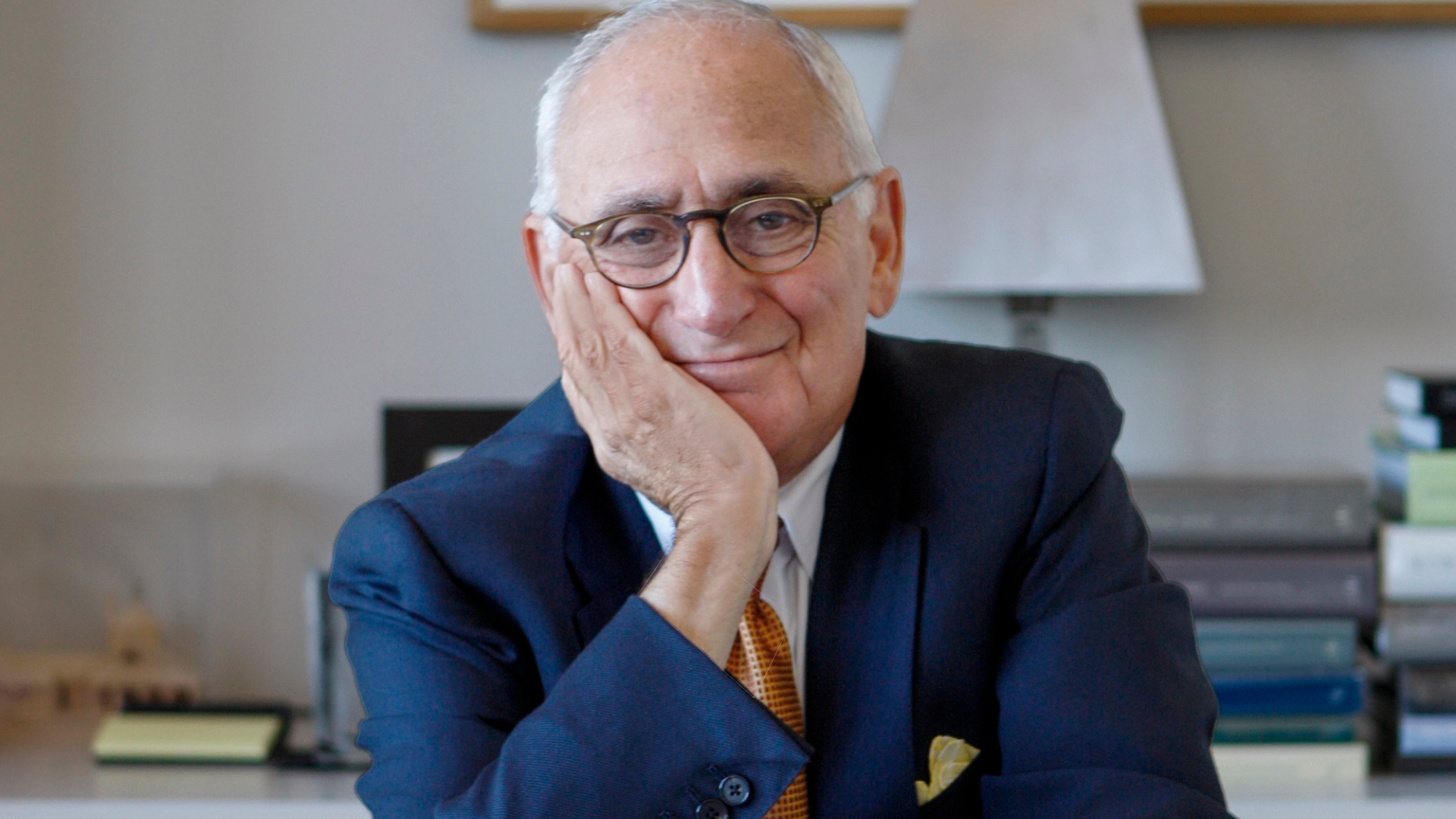 Remembering Robert A.M. Stern, an architect who discovered possibility in the past
Remembering Robert A.M. Stern, an architect who discovered possibility in the pastIt's easy to dismiss the late architect as a traditionalist. But Stern was, in fact, a design rebel whose buildings were as distinctly grand and buttoned-up as his chalk-striped suits
-
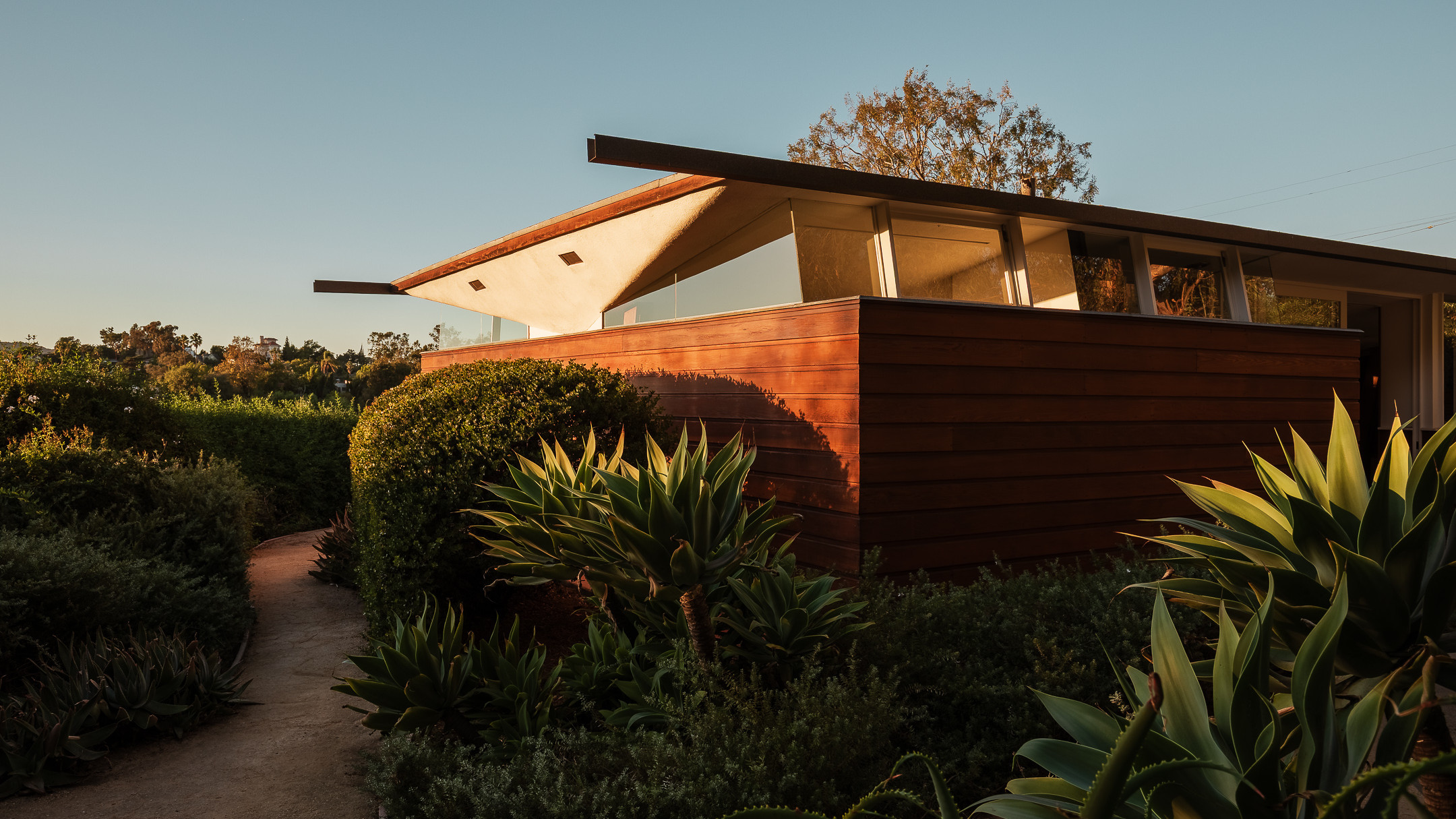 Own an early John Lautner, perched in LA’s Echo Park hills
Own an early John Lautner, perched in LA’s Echo Park hillsThe restored and updated Jules Salkin Residence by John Lautner is a unique piece of Californian design heritage, an early private house by the Frank Lloyd Wright acolyte that points to his future iconic status
-
 The Architecture Edit: Wallpaper’s houses of the month
The Architecture Edit: Wallpaper’s houses of the monthFrom wineries-turned-music studios to fire-resistant holiday homes, these are the properties that have most impressed the Wallpaper* editors this month
-
 The Stahl House – an icon of mid-century modernism – is for sale in Los Angeles
The Stahl House – an icon of mid-century modernism – is for sale in Los AngelesAfter 65 years in the hands of the same family, the home, also known as Case Study House #22, has been listed for $25 million
-
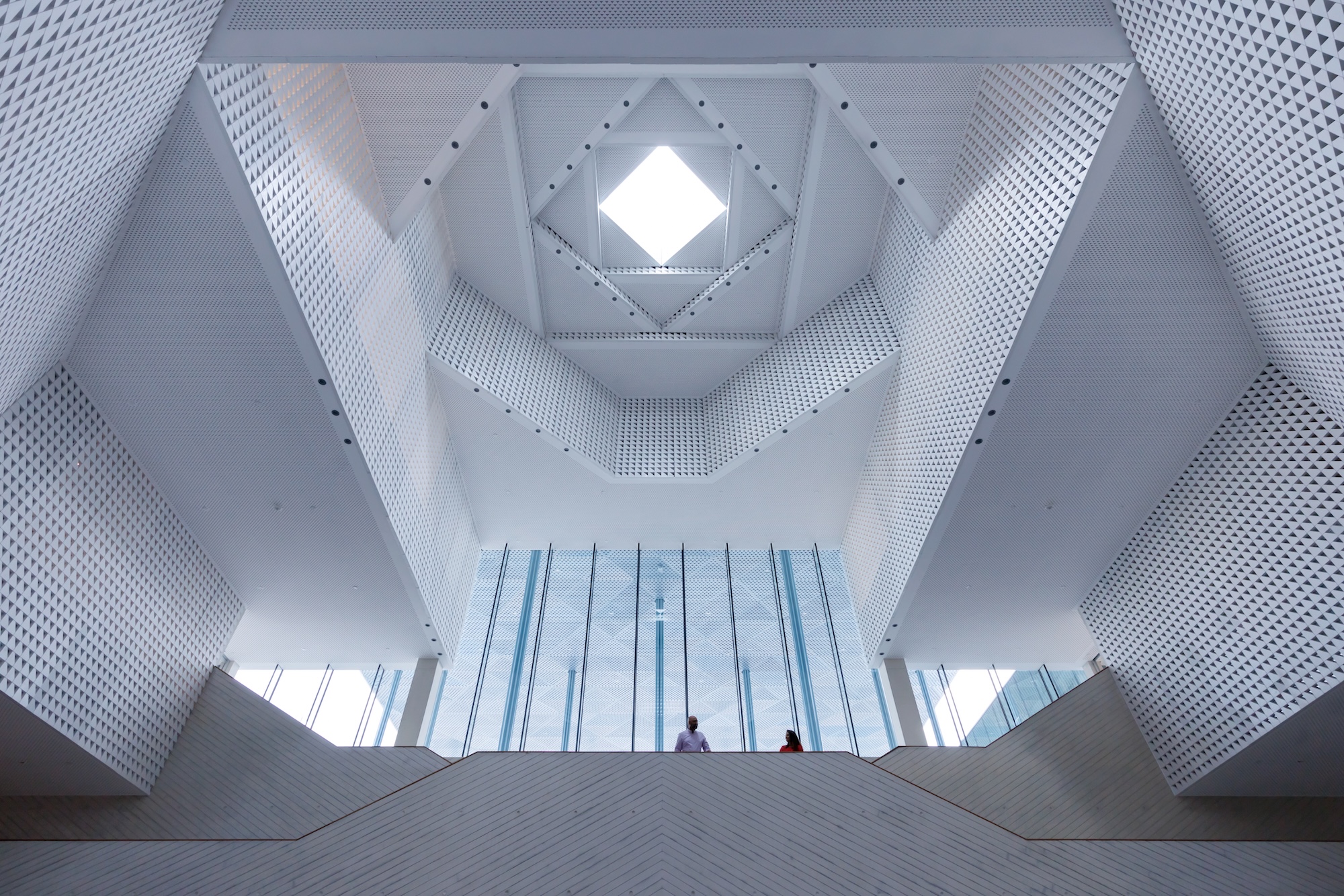 Houston's Ismaili Centre is the most dazzling new building in America. Here's a look inside
Houston's Ismaili Centre is the most dazzling new building in America. Here's a look insideLondon-based architect Farshid Moussavi designed a new building open to all – and in the process, has created a gleaming new monument
-
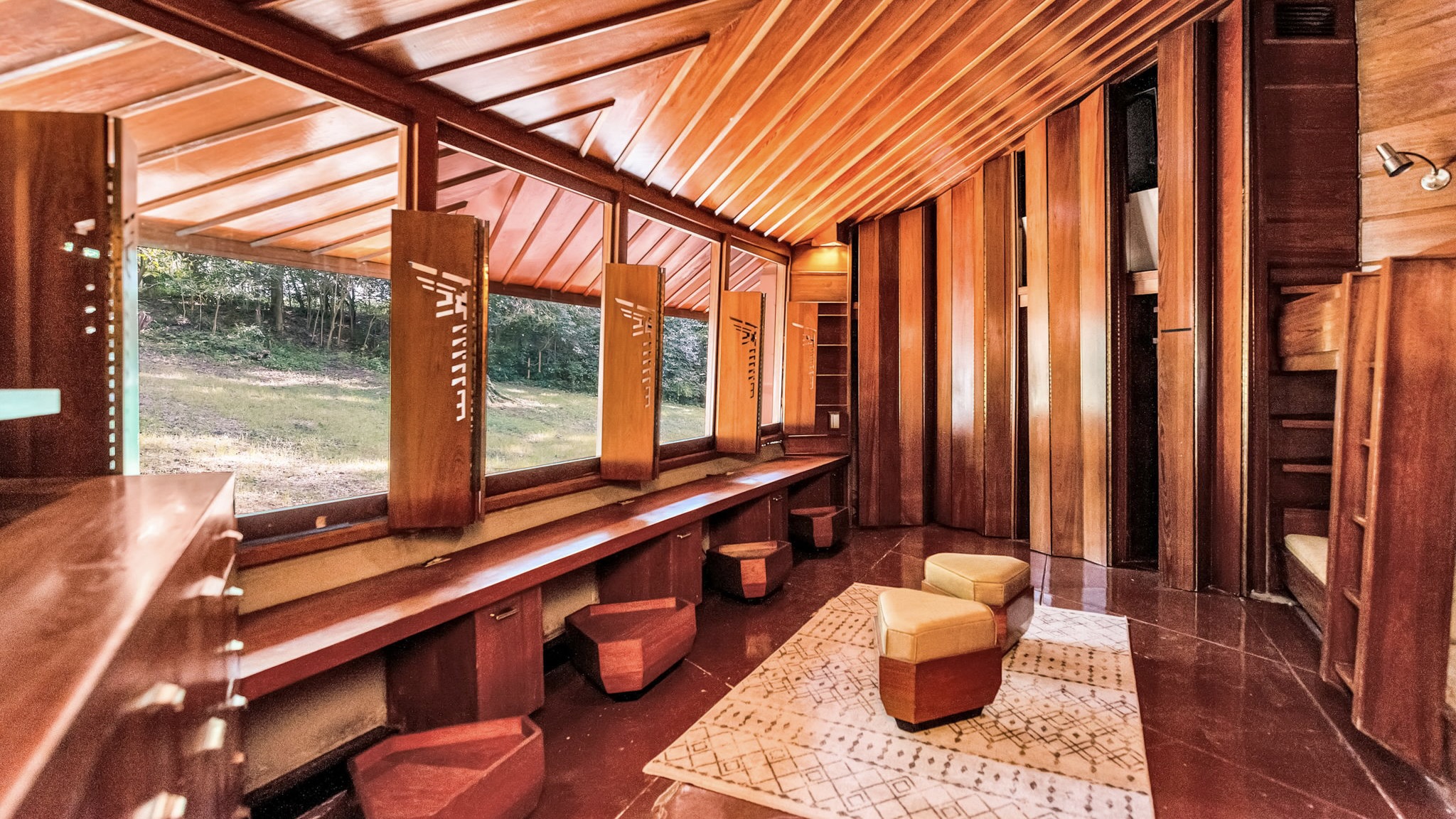 Frank Lloyd Wright’s Fountainhead will be opened to the public for the first time
Frank Lloyd Wright’s Fountainhead will be opened to the public for the first timeThe home, a defining example of the architect’s vision for American design, has been acquired by the Mississippi Museum of Art, which will open it to the public, giving visitors the chance to experience Frank Lloyd Wright’s genius firsthand
-
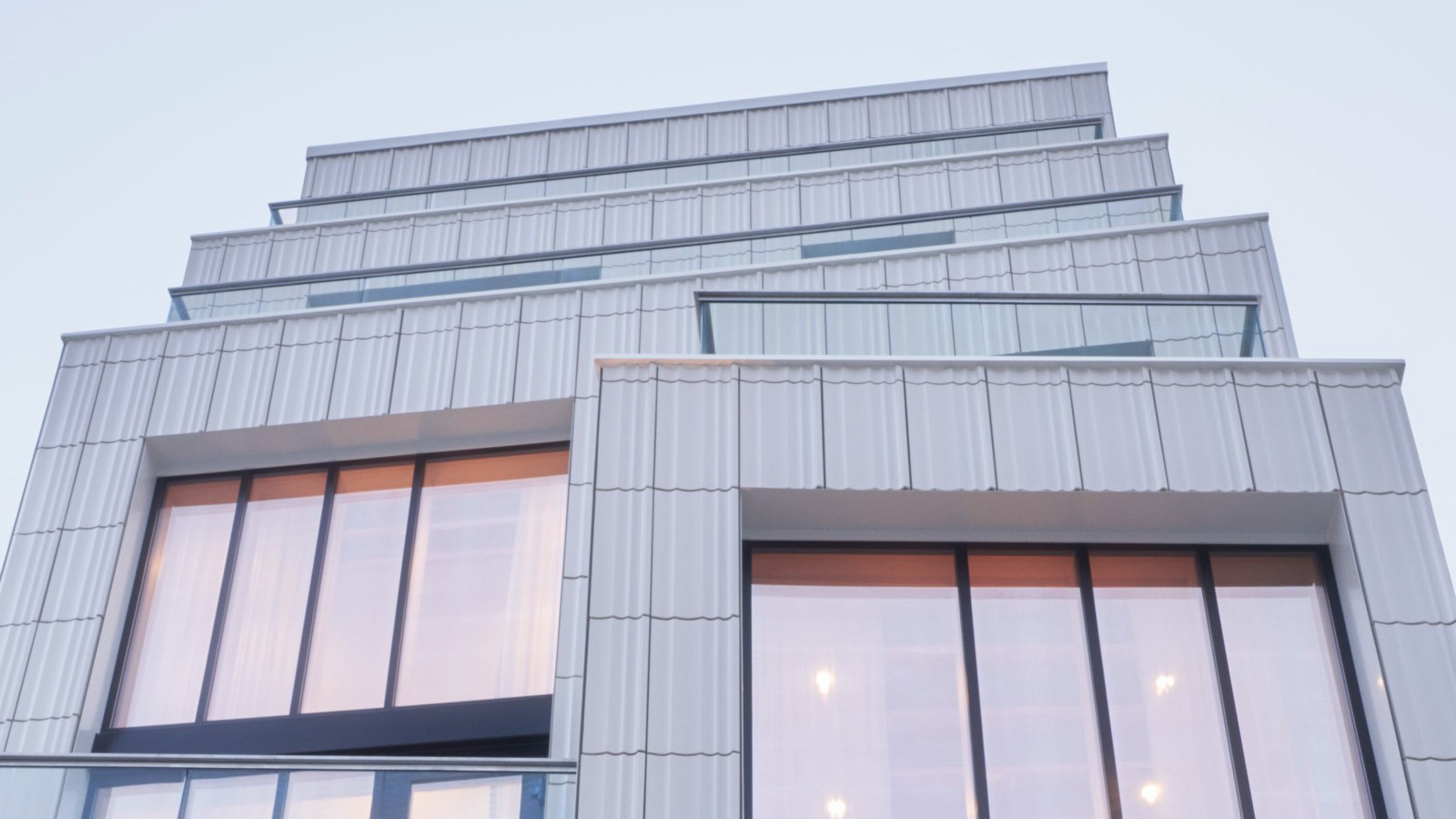 Clad in terracotta, these new Williamsburg homes blend loft living and an organic feel
Clad in terracotta, these new Williamsburg homes blend loft living and an organic feelThe Williamsburg homes inside 103 Grand Street, designed by Brooklyn-based architects Of Possible, bring together elegant interiors and dramatic outdoor space in a slick, stacked volume